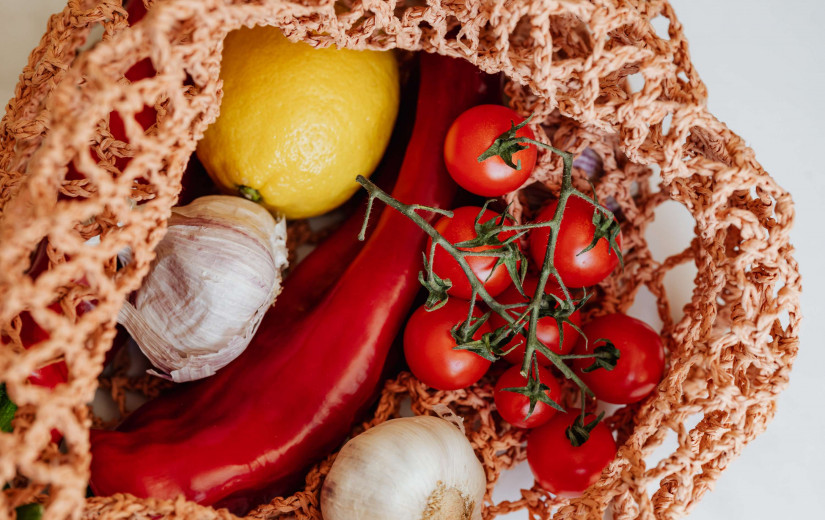A Good Start but More Work Ahead: Reforms Still Needed for Food Assistance
The recent boosts in SNAP and Social Security benefits are welcome news for recipients struggling with rising costs of living.
However, for many, these programs still do not provide enough to avoid hunger and hardship. While the government has taken a step in the right direction, more substantive reforms are necessary to build a hunger-free society.
The SNAP increases for 2023 and 2024 will provide some relief, but for most families, food stamp allotments remain inadequate.
The maximum benefit for a family of four, even after the hike, is just $973 per month. This is simply not enough in most areas to afford a basic nutritious diet. And many households receive far less than the maximum amount.
FRAC’s research shows the average SNAP benefit covers only about 60-75% of a family’s food budget. More funding is urgently needed to close this “SNAP gap.”
Likewise, Social Security’s 3.2% COLA will help, but falls short of seniors’ true costs.
Healthcare, housing, and other necessities have skyrocketed in price, far outpacing the COLA. The average senior spends nearly their entire Social Security check on essentials, leaving little for food, transportation, or other critical expenses. Meanwhile, Medicare premiums eat up an ever-larger portion of benefits.
Clearly, the COLA formula needs reform to match seniors’ actual living costs.
Food insecurity is a systemic issue that demands comprehensive solutions. Patchwork fixes and small increases won’t cut it.
To build a hunger-free society, we need policy changes like boosting SNAP funding, reforming the COLA calculation, expanding nutrition programs, and making healthy food more affordable and accessible for all. The recent SNAP and Social Security bumps show the government’s good intentions. But without bolder reforms, millions will continue struggling to put food on the table.
The time for incremental changes has passed. Only major policy overhauls can solve this crisis and make good on the promise of food security for all.

















